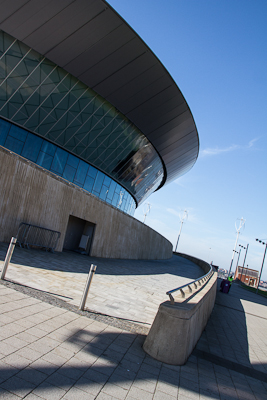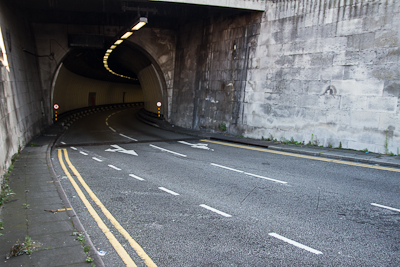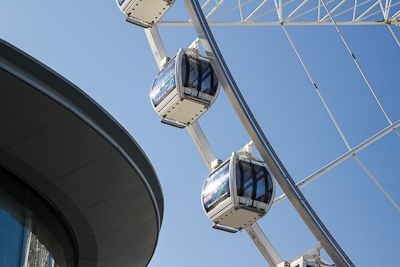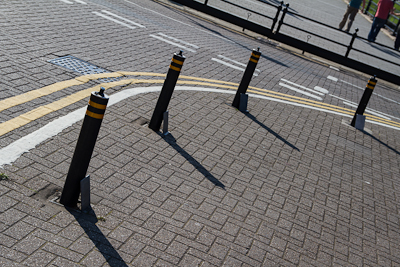After some reflection I decided that I needed to make more effort to talk about some different types of photographs. I think I often end up talking about photographs that I find it most easy to talk about and sometimes there are photographs that I like, but don't make such an obvious connection to, so don't comment on.
The work of Monika Merva (I came across it in Hotshoe August-September 2012 iPad edition), falls into this catregory for me. So, I'm going to push myself to talk about it.... I figure if I do this more often I may be able to expand my appreciation somewhat.
The photographs here are taken from Merva's "Origins of an Emotion" series (http://www.monikamerva.com). They are of her family and objects and scenes relating to her family. They have an obvious and deliberate personal and emotional feel, but the emotion is still and understated. There is often nothing obvious to tie the emotion to - i.e. no stated tragedy (with the possible exception of the dead rabbit, but even then there is emotive quality beyond that of the dead pet).
For example in the below image, there is a very "lived in" quality to the scene. The light is cool and natural. I get the impression (and hope), that the scene occurred naturally, but drew the photographer to capture it. Probably for reasons they couldn't explain - like I can't really explain why I find it emotive. For this reason it's compelling beyond what a still-life might usually be.
On a design point, there is interesting use of curves intersected by the small diagonals of the knives.
Again, the light is wonderful in the next shot.As are the colours.Probably less obviously emotive, but it still has weight to it. Maybe it's the light and sense of coolness, of stillness that does it.
Nice interplay of diagonal lines again.
The emotional charge of this next shot is far more obvious. The focus is on the hand. The skin is strangely waxy. Why has the face not been focussed on. The arm is also in the a curious position, I find it unrelaxed in it's relation to the body. The colour above the arm is also dark and dense. I almost don't want to say it, but there is a clear sense of oncoming death and loss.
It's the still nature of the body and the down turned head that make the below image emotive. In relation to the current design focus of the course, there is subtle (but clever), use of diagonals and curves in the below shot.
The work of Monika Merva (I came across it in Hotshoe August-September 2012 iPad edition), falls into this catregory for me. So, I'm going to push myself to talk about it.... I figure if I do this more often I may be able to expand my appreciation somewhat.
The photographs here are taken from Merva's "Origins of an Emotion" series (http://www.monikamerva.com). They are of her family and objects and scenes relating to her family. They have an obvious and deliberate personal and emotional feel, but the emotion is still and understated. There is often nothing obvious to tie the emotion to - i.e. no stated tragedy (with the possible exception of the dead rabbit, but even then there is emotive quality beyond that of the dead pet).
For example in the below image, there is a very "lived in" quality to the scene. The light is cool and natural. I get the impression (and hope), that the scene occurred naturally, but drew the photographer to capture it. Probably for reasons they couldn't explain - like I can't really explain why I find it emotive. For this reason it's compelling beyond what a still-life might usually be.
On a design point, there is interesting use of curves intersected by the small diagonals of the knives.
Again, the light is wonderful in the next shot.As are the colours.Probably less obviously emotive, but it still has weight to it. Maybe it's the light and sense of coolness, of stillness that does it.
Nice interplay of diagonal lines again.
The emotional charge of this next shot is far more obvious. The focus is on the hand. The skin is strangely waxy. Why has the face not been focussed on. The arm is also in the a curious position, I find it unrelaxed in it's relation to the body. The colour above the arm is also dark and dense. I almost don't want to say it, but there is a clear sense of oncoming death and loss.
It's the still nature of the body and the down turned head that make the below image emotive. In relation to the current design focus of the course, there is subtle (but clever), use of diagonals and curves in the below shot.


























































